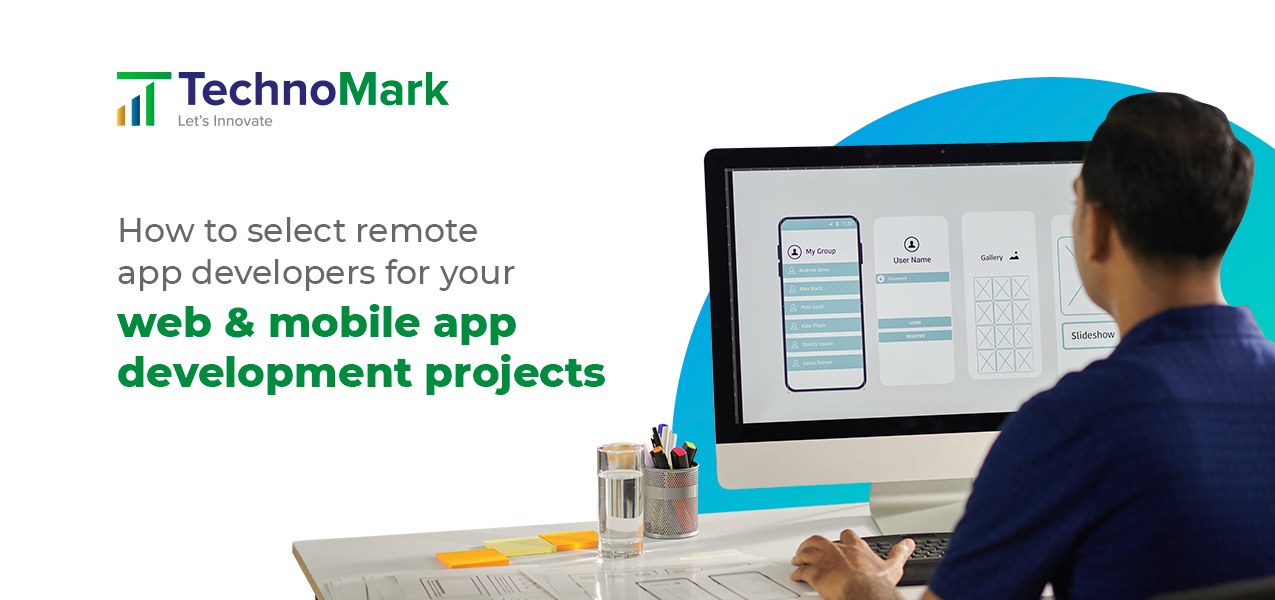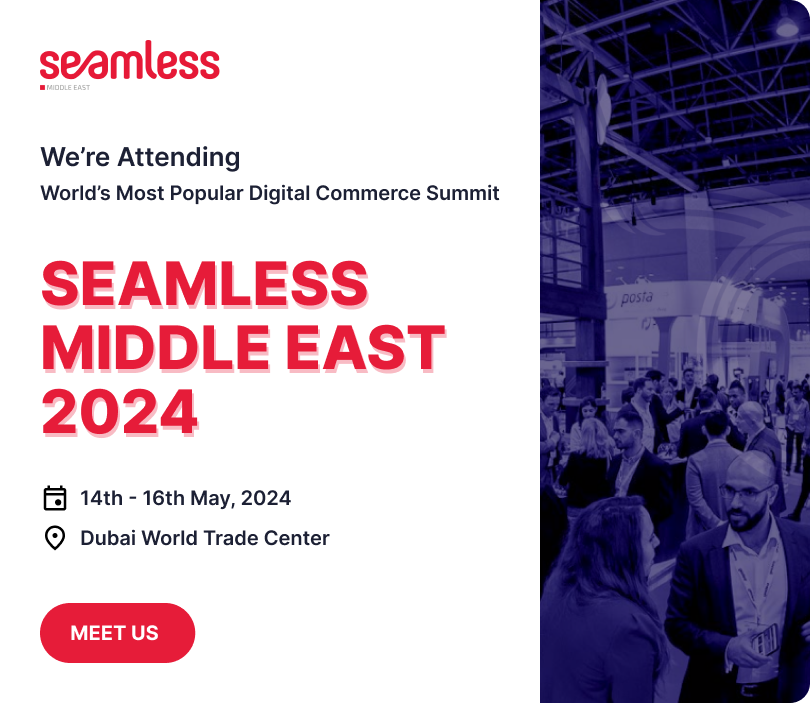What does the word marketplace bring to your mind? For millennials it will bring in fond memories of physical markets that were visited alone or with family for shopping. This was the time before internet and smart phones. Ask any later generation and you will get quick answers with some familiar names that are used on a daily basis.
Amazon, Uber, Airbnb – these are the present-day market places and we are going to talk all about them. This guide will tell you everything you need to know about marketplaces, their various business models and even 6 best ones that are helping brands succeed, all over the world.
So, if you are a business owner, sit tight as we tell you all about marketplaces and how you can sell more by investing less.
What is a Marketplace?
A marketplace or an online marketplace is an online platform, a digital space where people come to buy a particular type or any type of products from several vendors associated with the platform. In other words, a marketplace is a platform, that facilitates exchange of goods between buyers and sellers. There are several types of market places on the internet which vary by agenda and structure which can be combinedly called as a business model.
What is a Marketplace Business Model?
A marketplace business model is the core structure of an online store. It defines how business is conducted on the platform and lays down the rules of exchange of goods, logistics, profit margins, return policies and other key aspects that are crucial for day-to-day transactions. There are several types of business models out there, each one ideal for a particular industry or type of business.
One of the most popular ways of categorizing market places is based on the number of products and their categories they sell. According to this type of classification there are three main categories. First category is of global marketplaces. This tag is given to big market places such as Amazon.
Then come the vertical marketplaces which sell products from only one category. Similarly, there are horizontal marketplaces that sell products related to each other or which come from similar categories.
This is just one type of categorization. Market place business models are also categorized by other methods as already mentioned. We will discuss some of the most successful and hence popular business models later in this blog.
Let’s now understand how a marketplace business model works.
How Does a Marketplace Business Model Work?

A marketplace is a central place where both buyers and sellers come to buy and sell. The marketplace is a middle party which doesn’t participate in the processes beyond helping the buyers and sellers meet. Most marketplaces earn in the form of commissions for the use of their platform. Bigger and popular platforms take care of customer support which makes them more trusted as compared to the ones where buyers and customers are left to interact with each other.
Starting a Marketplace can be Tricky
The biggest problem of any market place is who to bring on the platform first – buyers or the sellers? If there are more sellers than buyers, the sellers won’t find the platform profitable. Similarly, if there are more buyers, they will not find the products they want, when they want. This is why most platforms work really hard to bring in both in equal numbers with the help of lucrative offers for both sides.
Strategies to Attract Buyers
- Customer Rewards
A good discount, or a combo offer work like magic always and so do gift cards or free memberships. Rewarding the customer to join your platform is a wonderful idea to bring in customers. Yes, this step involves spending before earning but this is a crucial step that has to be taken.
- Focused Mission
Marketplaces are more likely to succeed when they are focused on solving a key issue, a pressing problem faced by a wide range of customers. When a marketplace offers a solution for a problem faced by many, it automatically attracts several customers right from the word go.
Strategies to Attract Sellers
- Easy Onboarding
Joining a platform, the very step for the sellers has to be easy for them to come in more and more numbers. Marketplaces should have simpler processes and should also offer complete support in terms of instructions and people support. There’s also the option of providing incentives. A seller will obviously want to join a platform that is offering it more profit margin as compared to the competitors.
- Seller Programs
Seller programs can be used to help sellers learn more about a platform so that they can them fully. Seller programs can include online courses, or help from a dedicated account manager. This kind of help will make sellers feel valued and will motivate them to join and stay associated with a marketplace for a long time.
6 Marketplace Business Models Used Across the Globe
- Commission Model
This is the most popular marketplace business model in the world. The commission model works by charging a commission for every transaction made on the platform. The platform usually charges a percentage of the transaction or a flat fee based on certain terms and conditions.
This business model brings value to everyone involved and is particularly beneficial for the sellers because they are charged based on how much they are earning from the platform, giving them a good profit margin. The commission model is used by platforms such as AirBnB, Fiverr, Uber and eBay.
- Membership Model
Membership model is also known as the subscription model for marketplaces. This model, as its name suggests, charges a membership fee. Depending on what the platform does, this fee is applicable to both sides of the transaction or just one side based on whether the platform is C2C or B2C. For example, the platforms like OkCupid, charge all members a fixed fee to use their platform. Whereas LinkedIn charges companies for access to its talent pool. LinkedIn members can also avail premium services on a fee but they are two completely different strategies.
- Listing Fee
Listing fee model is followed by marketplaces that follow the classified ads platforms like Craiglist where the seller is charged a fee for using the platform. Marketplaces that follow this model charge the buyer for visibility. This business model is beneficial for sellers only when their listing value is big or they have multiple listings.
- Lead Fee Model
Lead fee model is the bidding model. Its working strategy falls between listing fee model and commission model and this is definitely not one of the most successful marketplace models. In this model, the marketplace allows the seller or the buyer to post a request and the other party has to bid for the task. The platform charges a fee for enabling the connection. The biggest drawback of this model is that once the both parties are connected, they remove the platform from the middle and start connecting directly for the services to avoid the extra platform fee. Example, Thumbstack.
- Freemium Model
Freemium model platforms offer their core services for free but charge a fee for added features or services. Getting profits from this model is a difficult task unless the added services are really power-packed and can bring in revenue. Most of the brands using this model do not offer their services for free and have really well-planned value-added services. Examples of this model are Etsy and Mascus.
- Featured Listings and Ads Model
Featured listing model is where the platforms charge a fee for featuring the listing at the top of the competitors or say homepage of the platform. This model is used by several listing platforms across the globe to provide premium services to their paying customers. Some of the examples are Etsy, Gumtree, etc. The earning model of such platforms also includes featuring ads for a fee.
So, this was our attempt to simplify the marketplace business models for you. We hope you now know which model will be best for your business. For further queries and help with building a marketplace model for your brand, get in touch with us – TechnoMark. We are a premier software solutions company that takes pride in creating customized solutions for its customers. Contact us today!
Related Blogs

How to Select Remote App Developers for Web & Mobile App Development Projects
Looking to hire an app developer for your project/s? Well, that’s a tricky task. You will find a huge number of options in the market and choosing one may become a humungous task because there is so much to consider and so much to eliminate. Do you want to hire a freelance developer for a […]
Explore
Exploring the Applications of Cloud Computing in the IT Industry
Cloud computing has redefined how businesses are staying ahead of the competition by using the latest innovations while keeping the costs low. It is one of the ideas that has led to a huge paradigm shift in business processes across various industries but the industry that has benefitted the most from it is the very […]
Explore
Unlocking Efficiency – Benefits of Hiring FTE Dedicated Developers in 2024
Decades ago, software became a crucial part of our lives. In today’s hyper-competitive environment, many software development companies want to improve their workflow and optimize productivity. As of December 2020, the shortage of global skilled workers amounted to 40 million people worldwide. By 2030, this statistic is expected to reach around 85.2 million. With the […]
Explore

